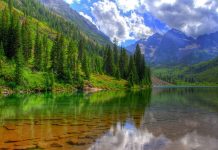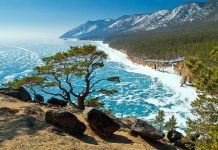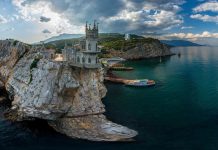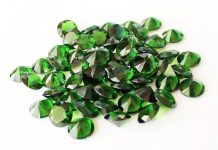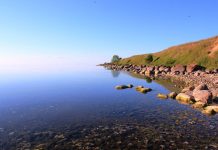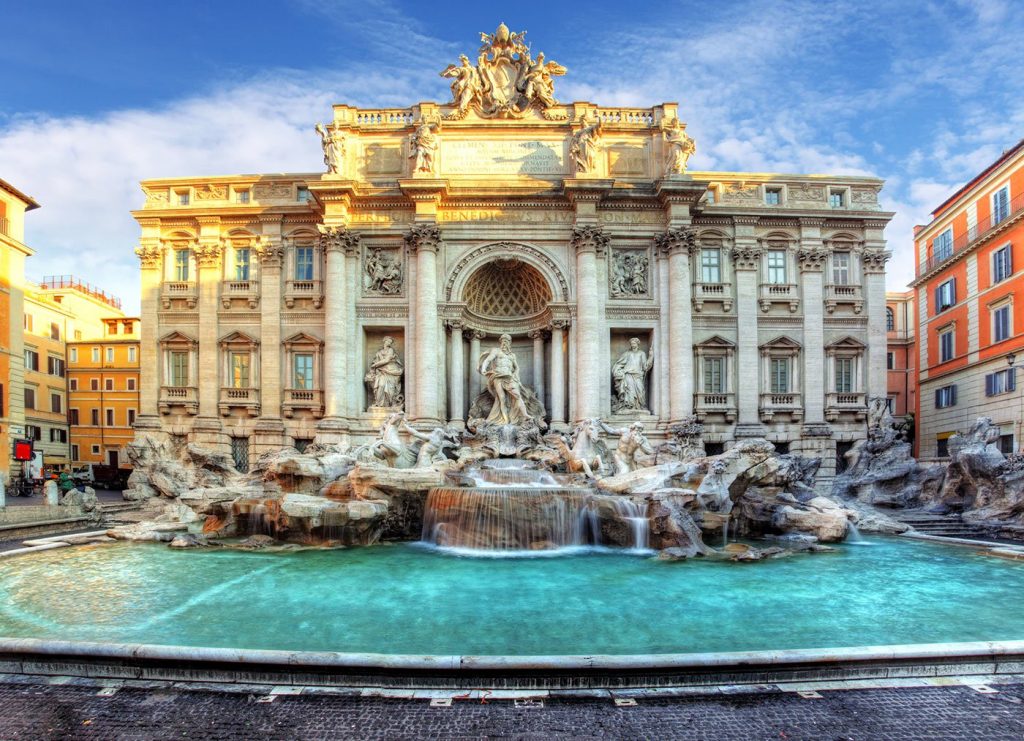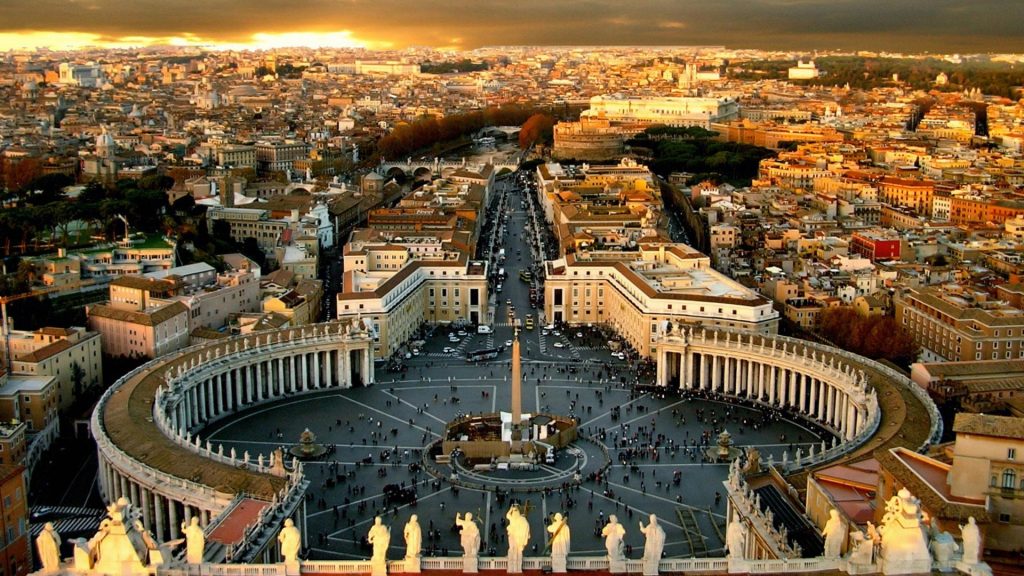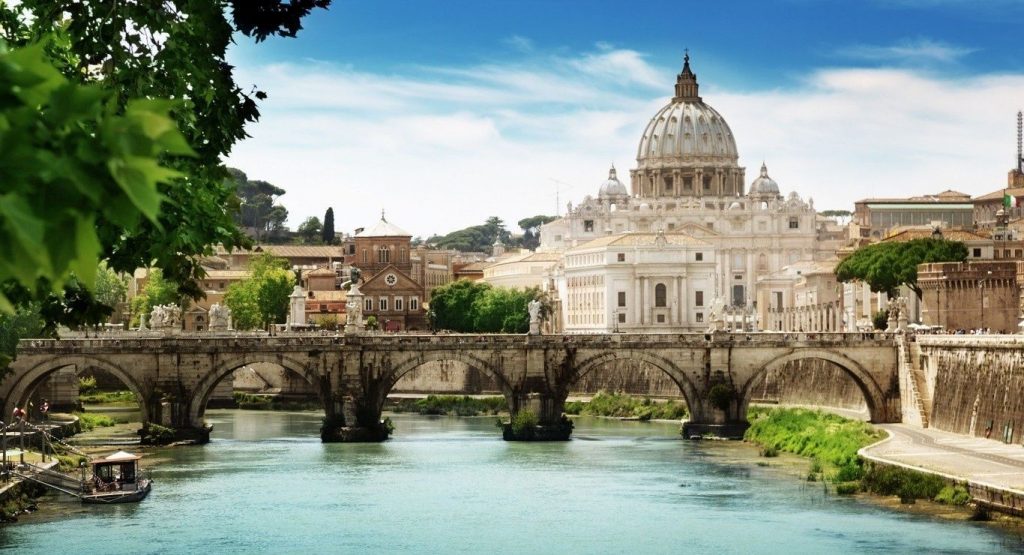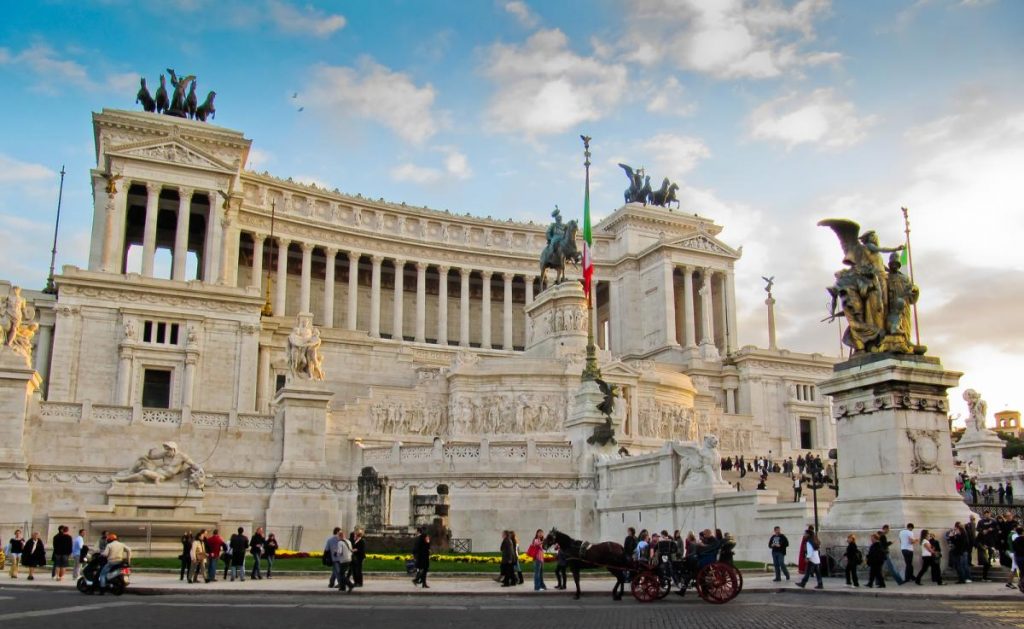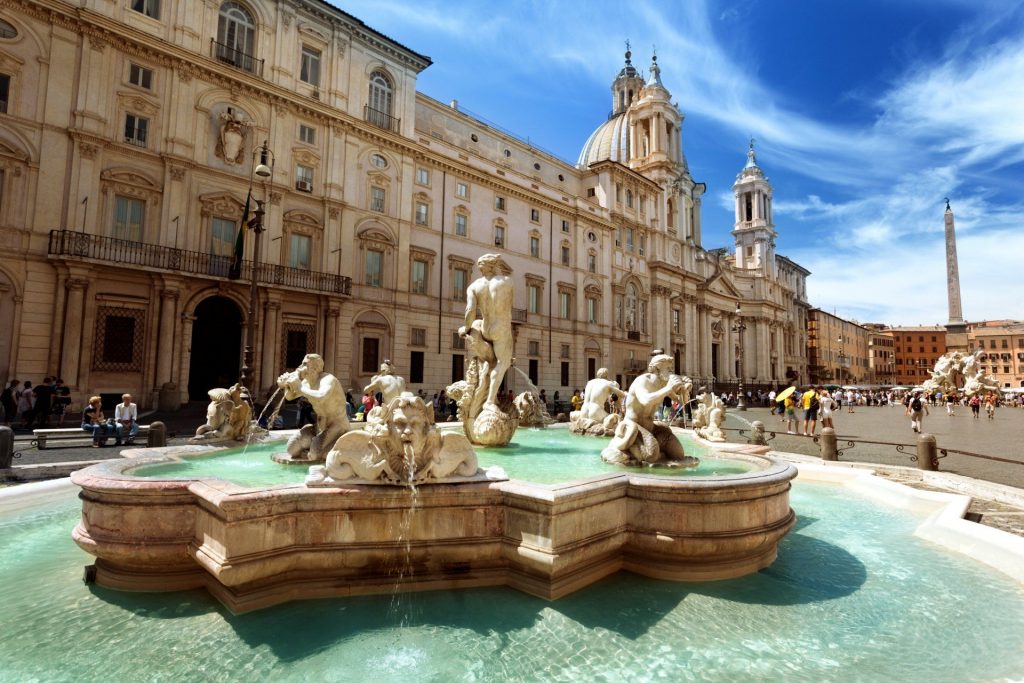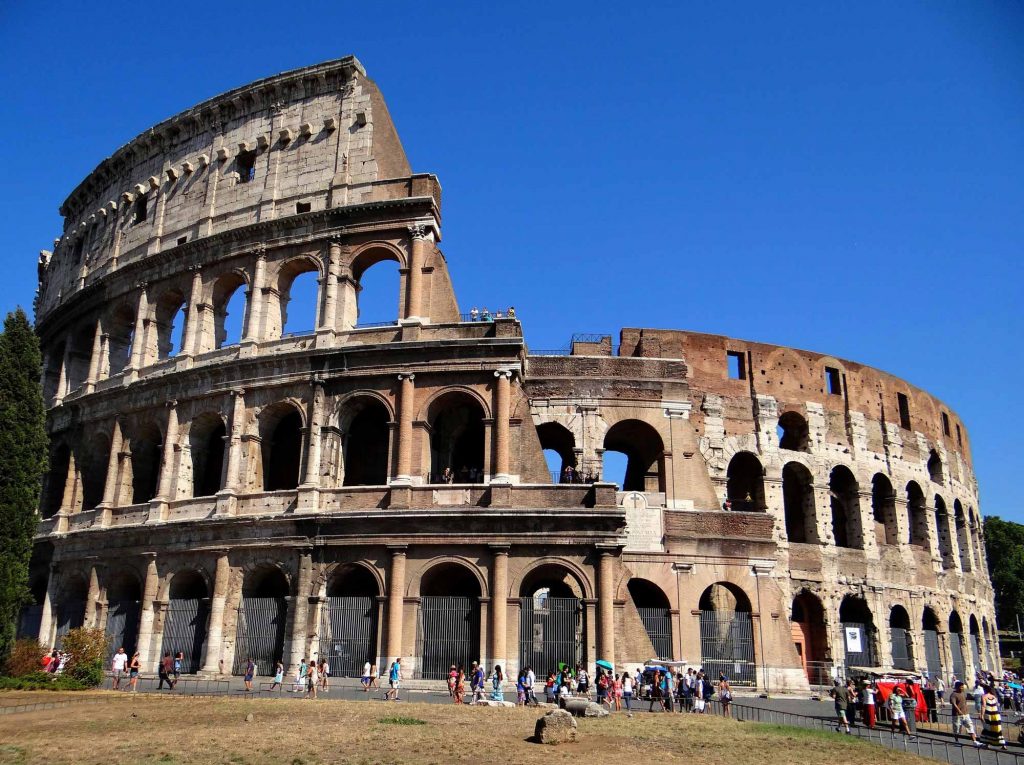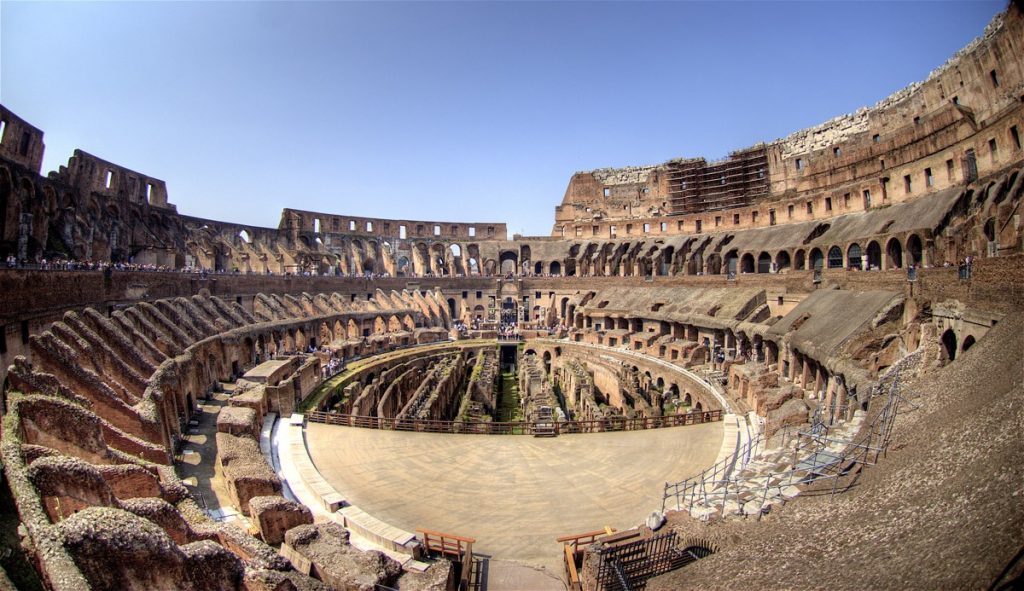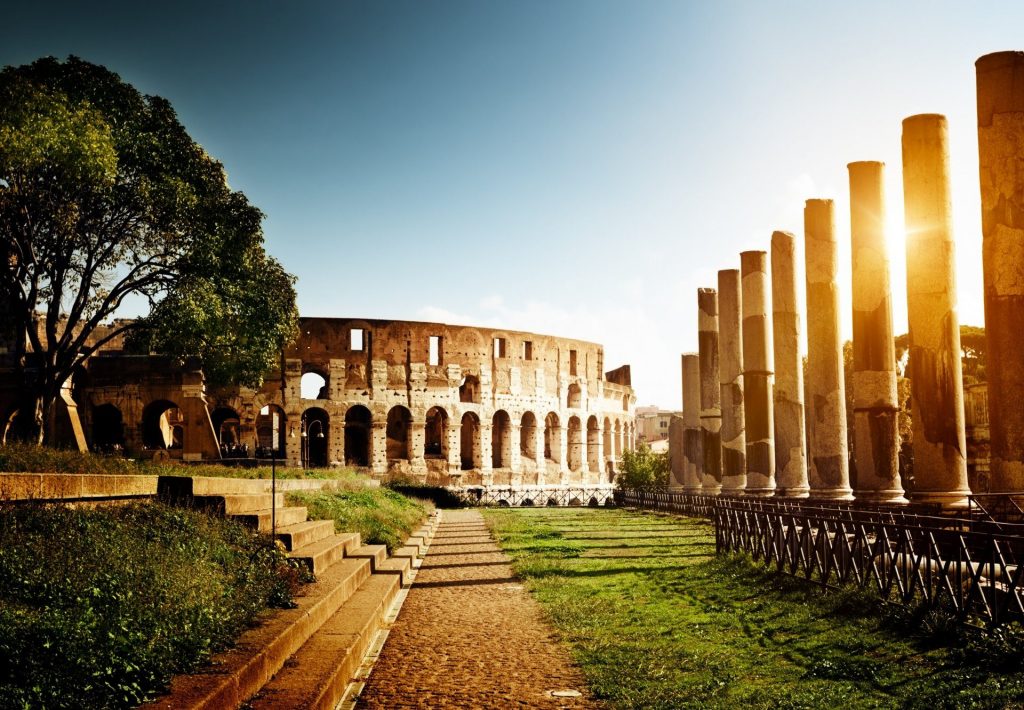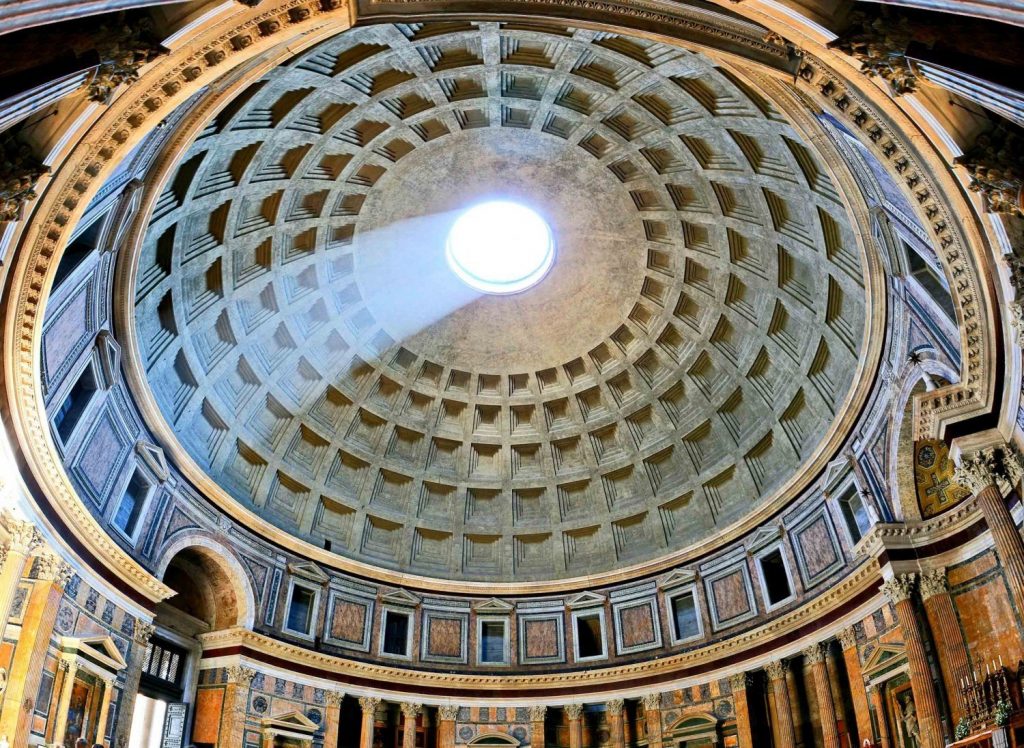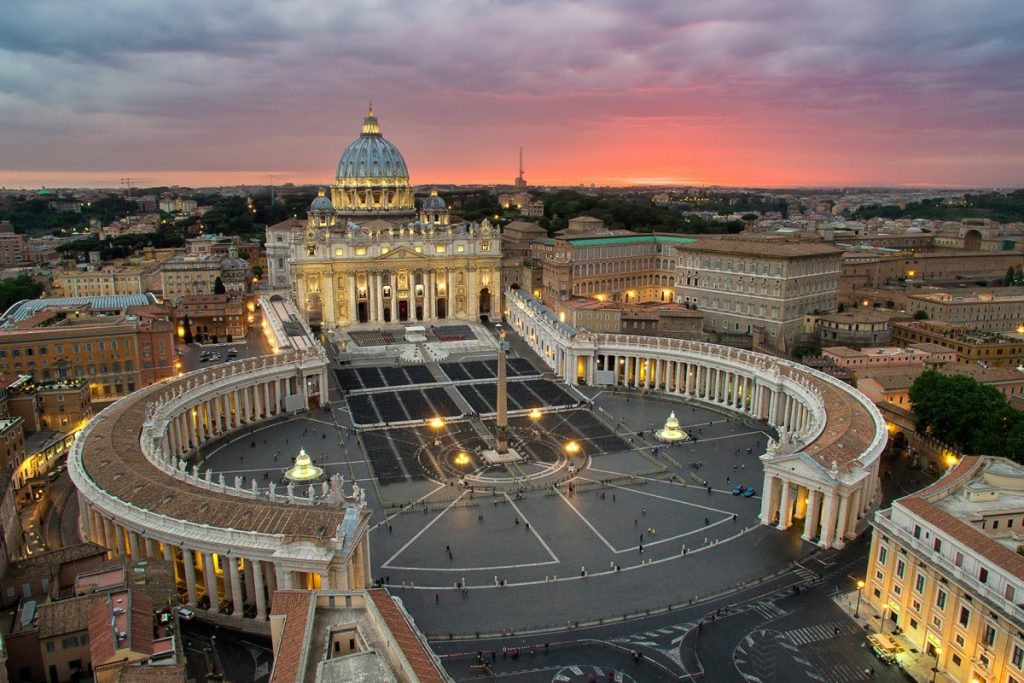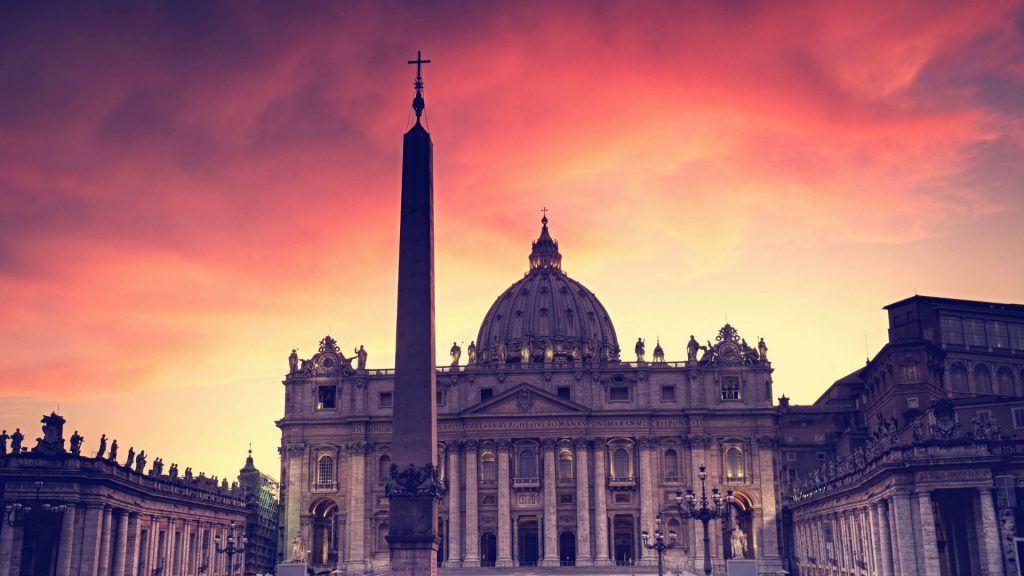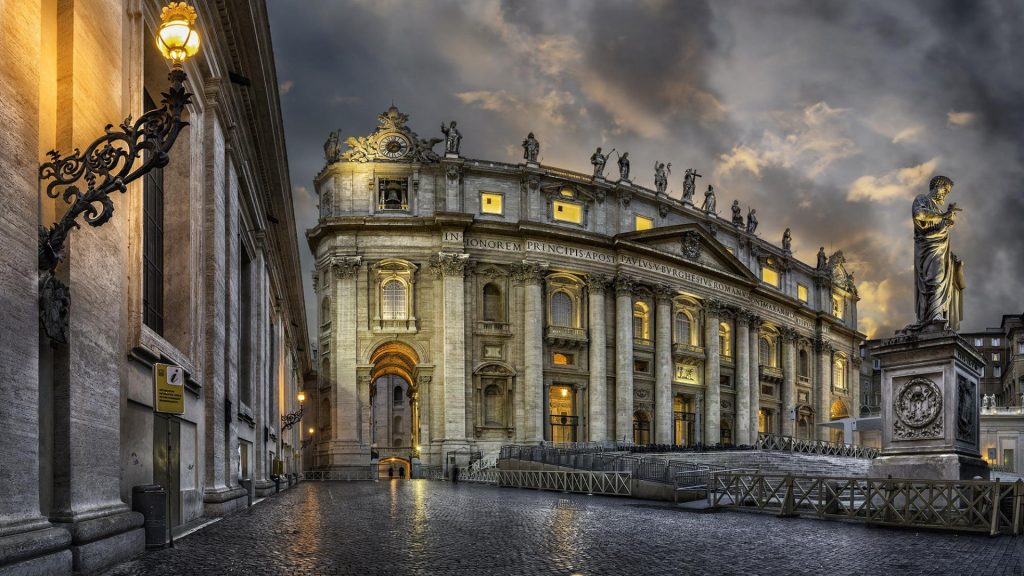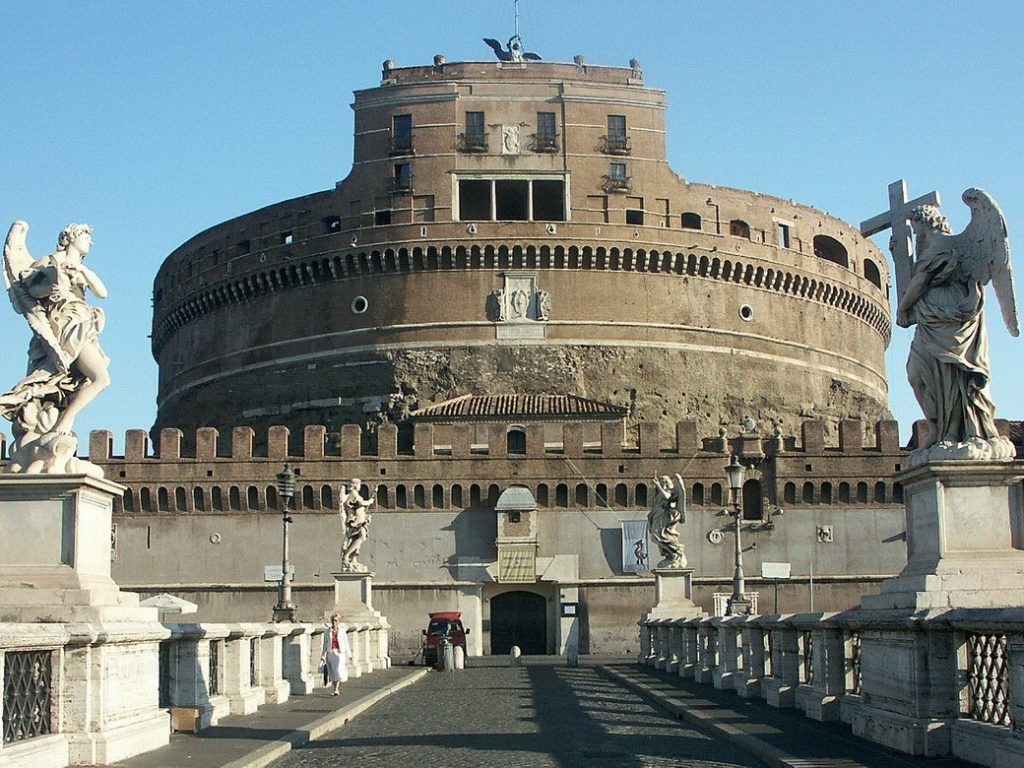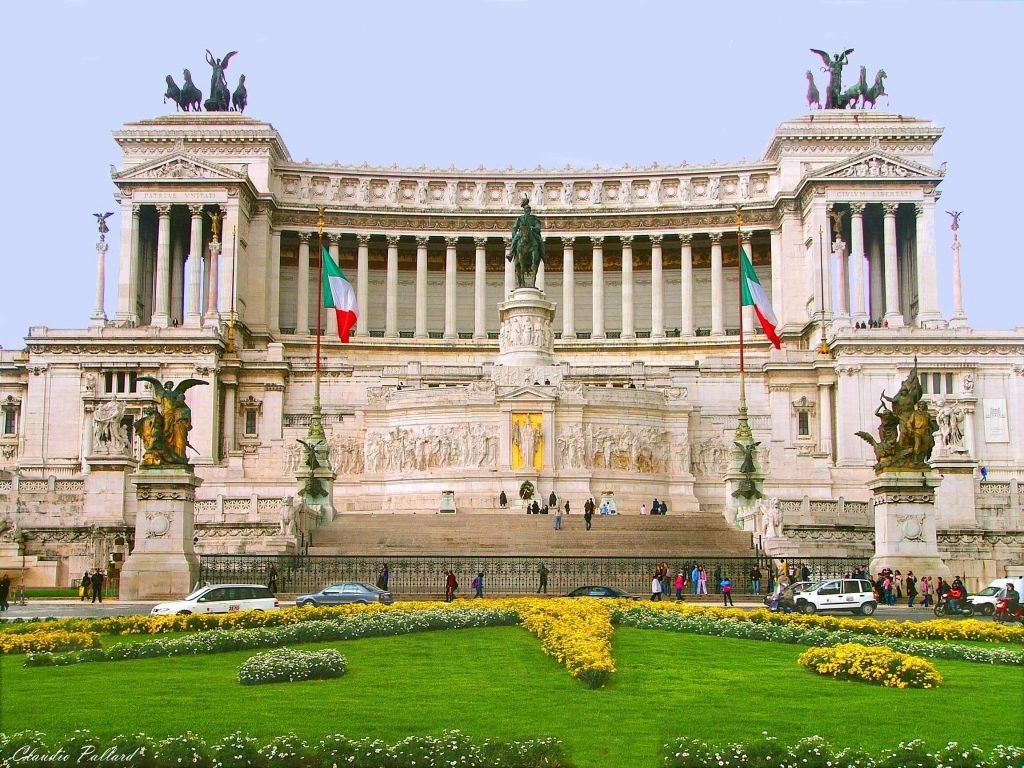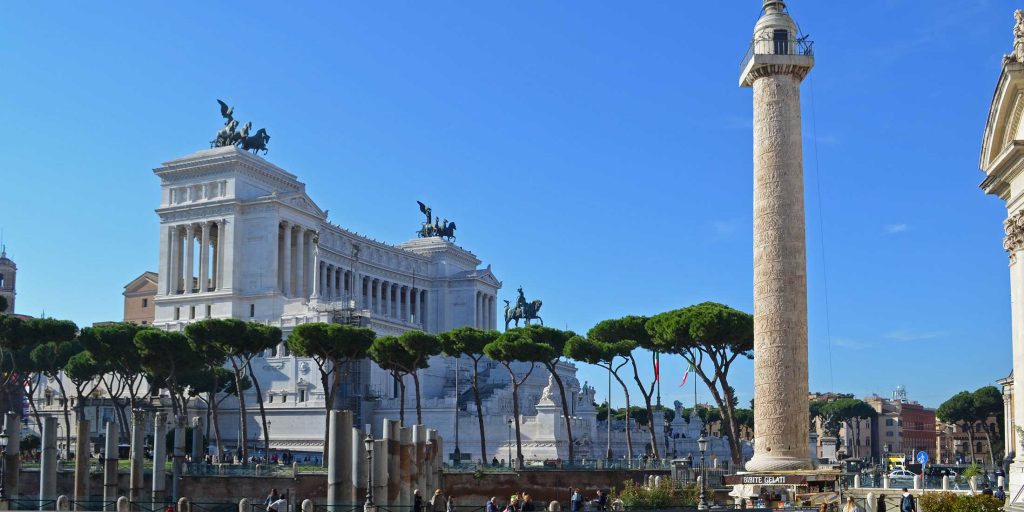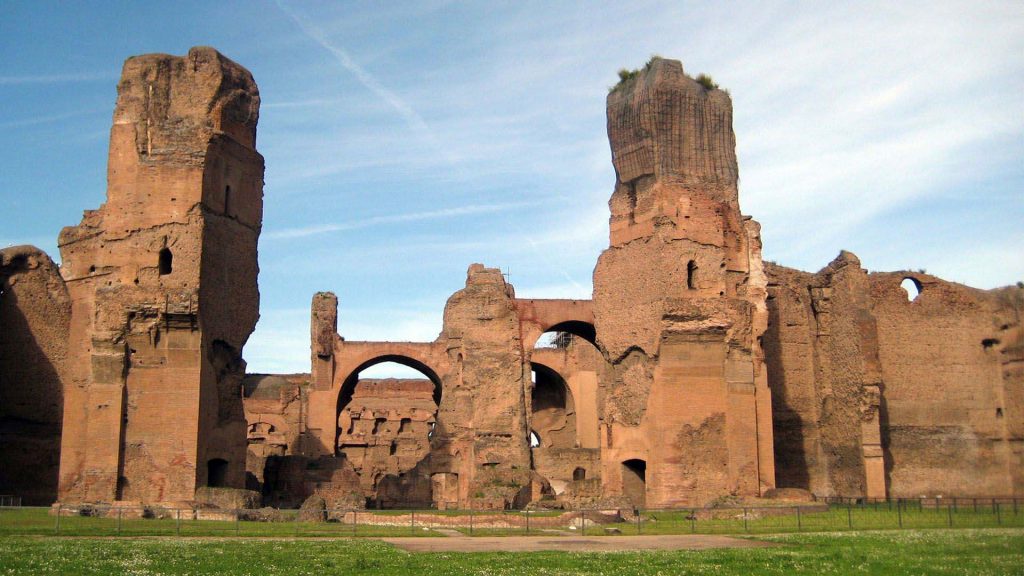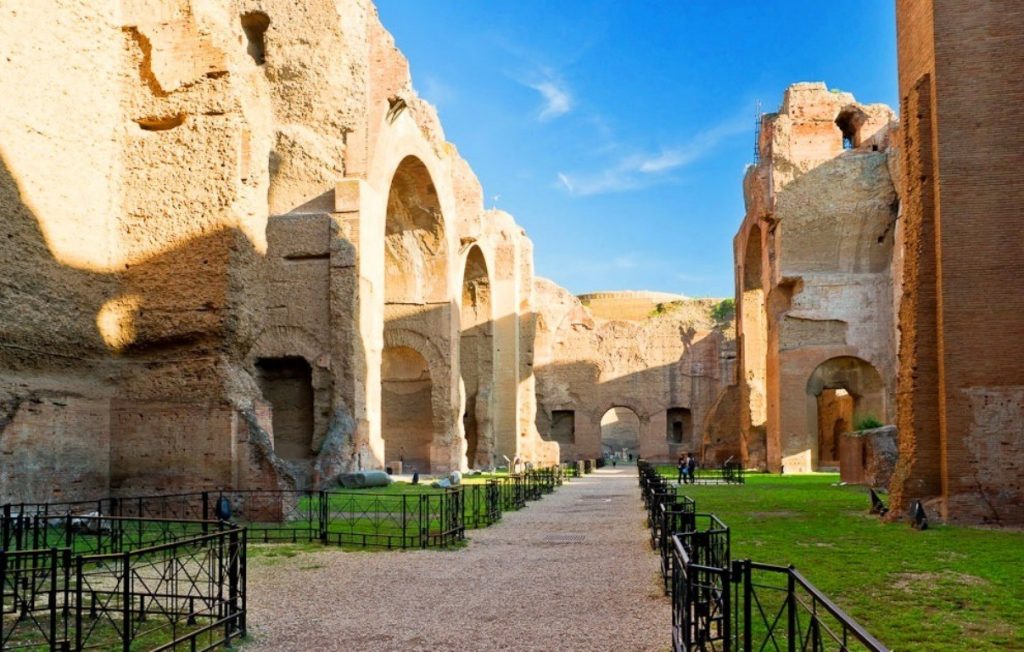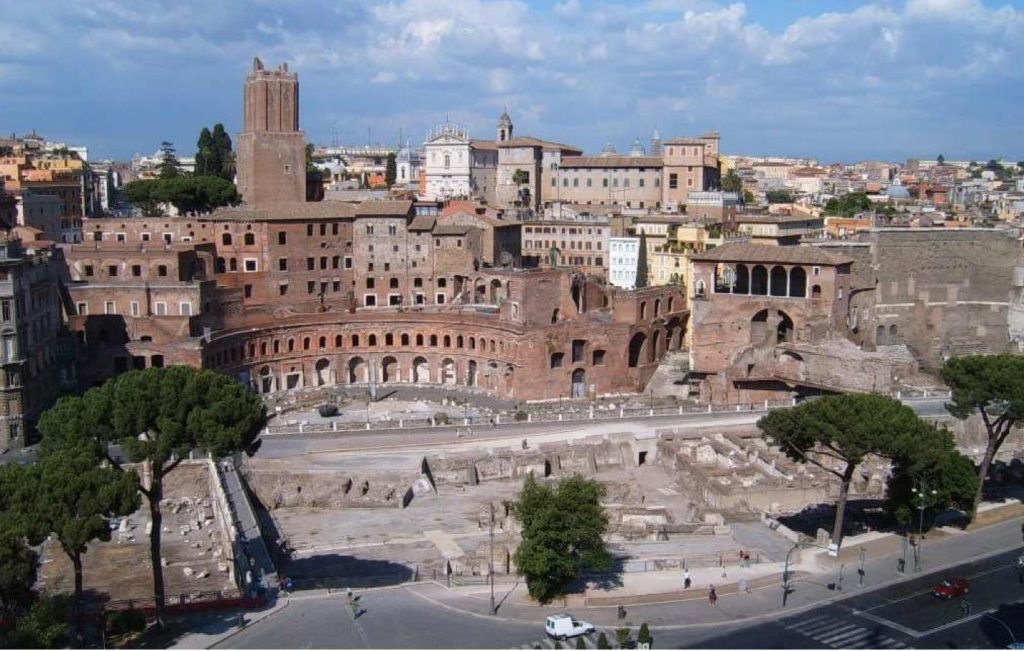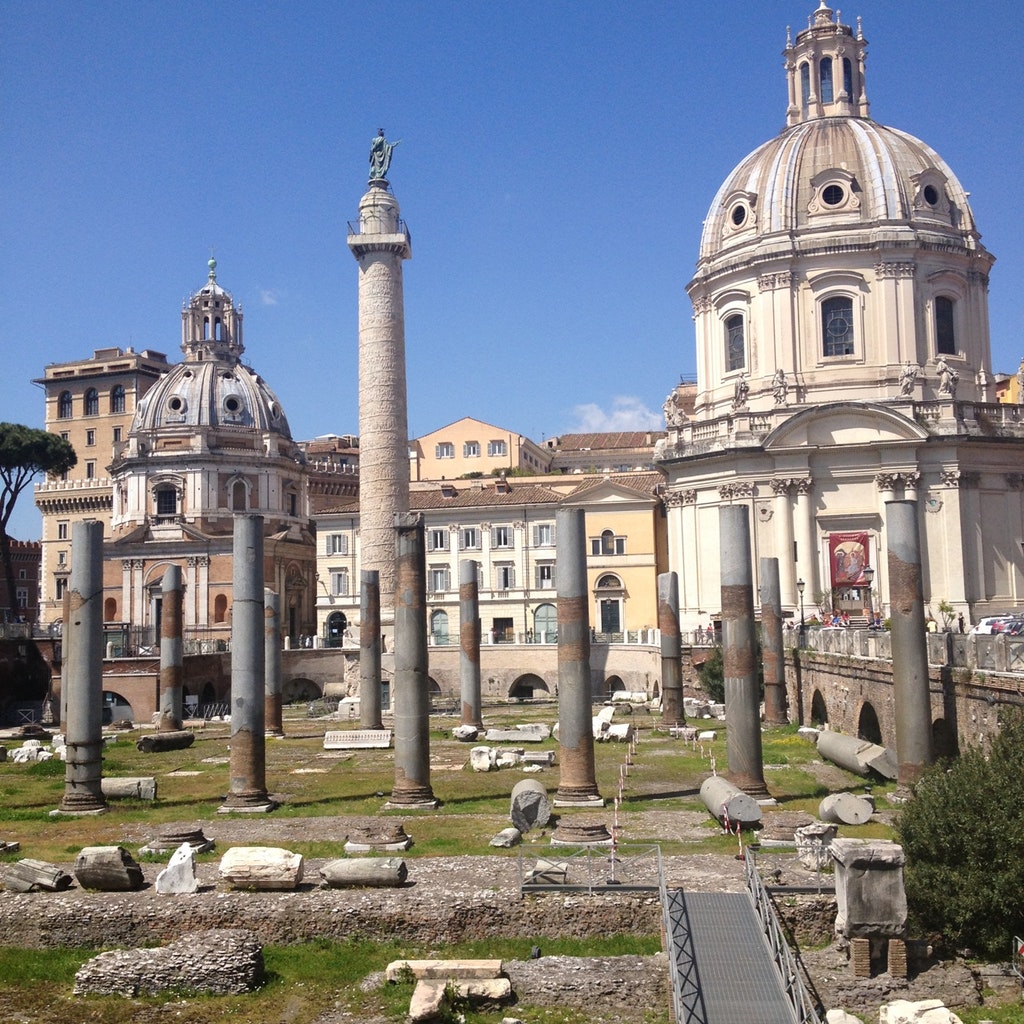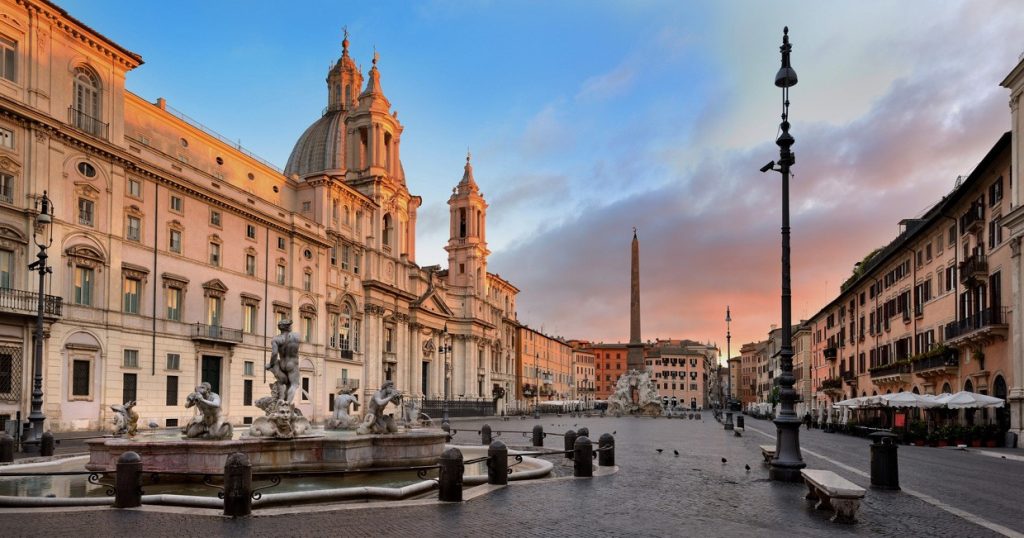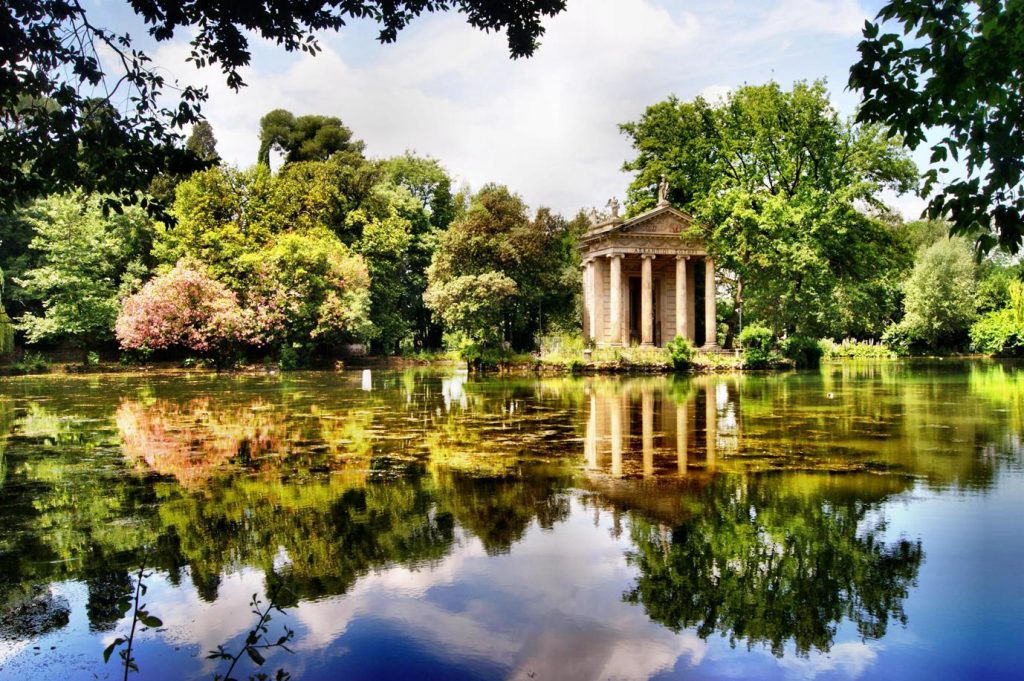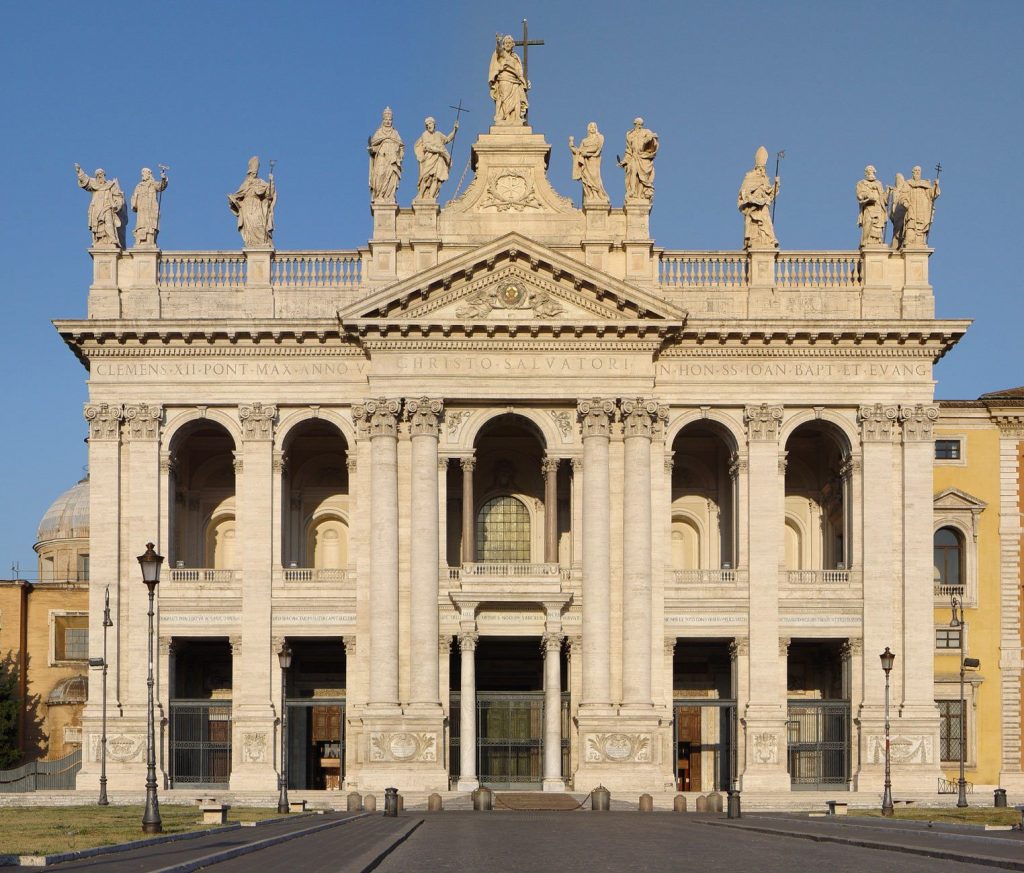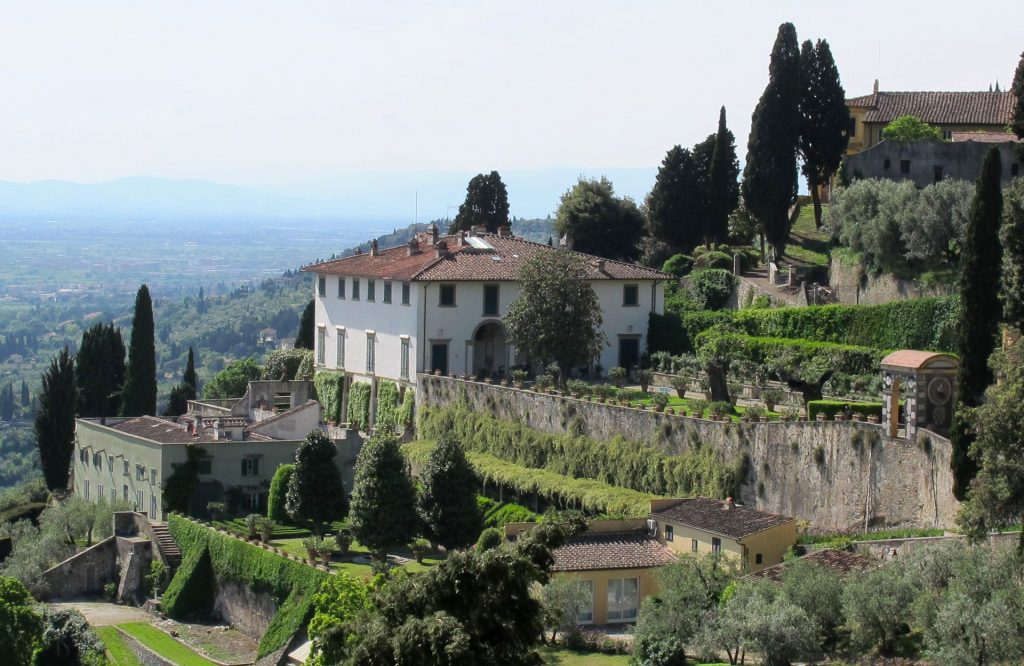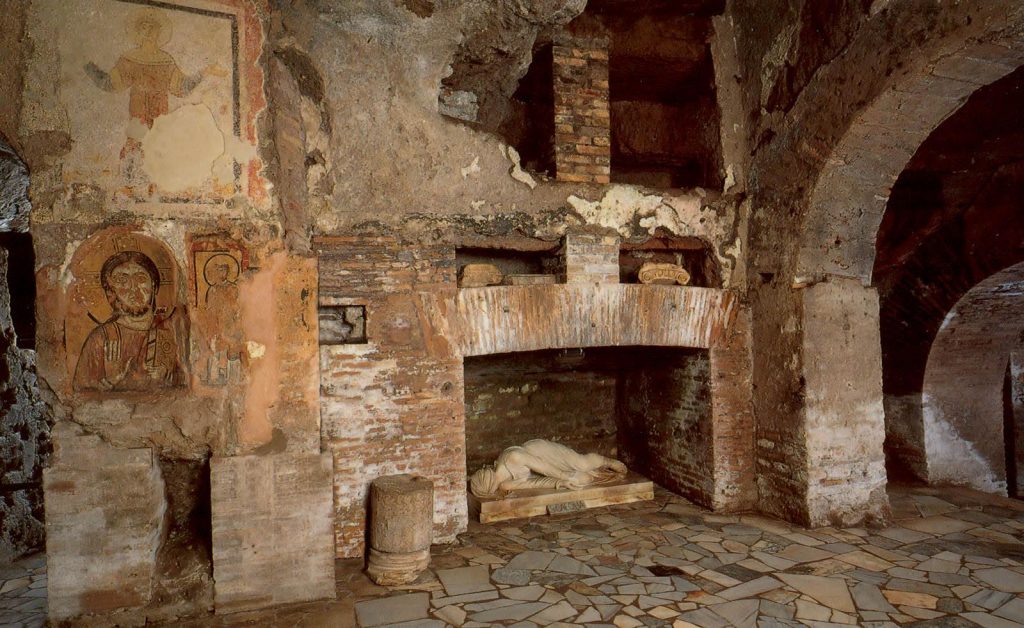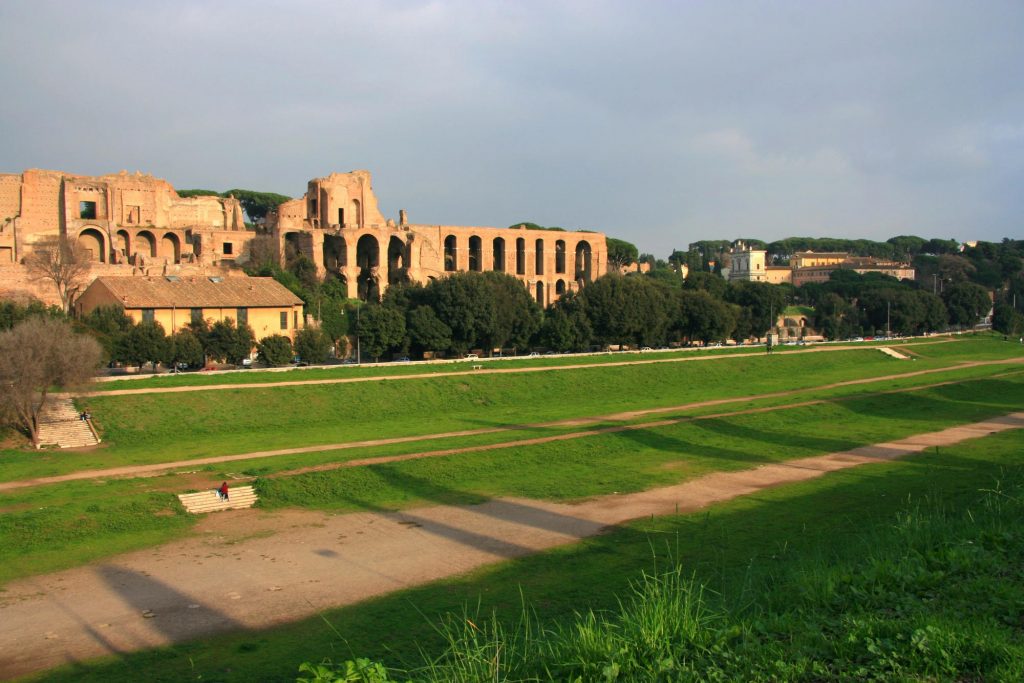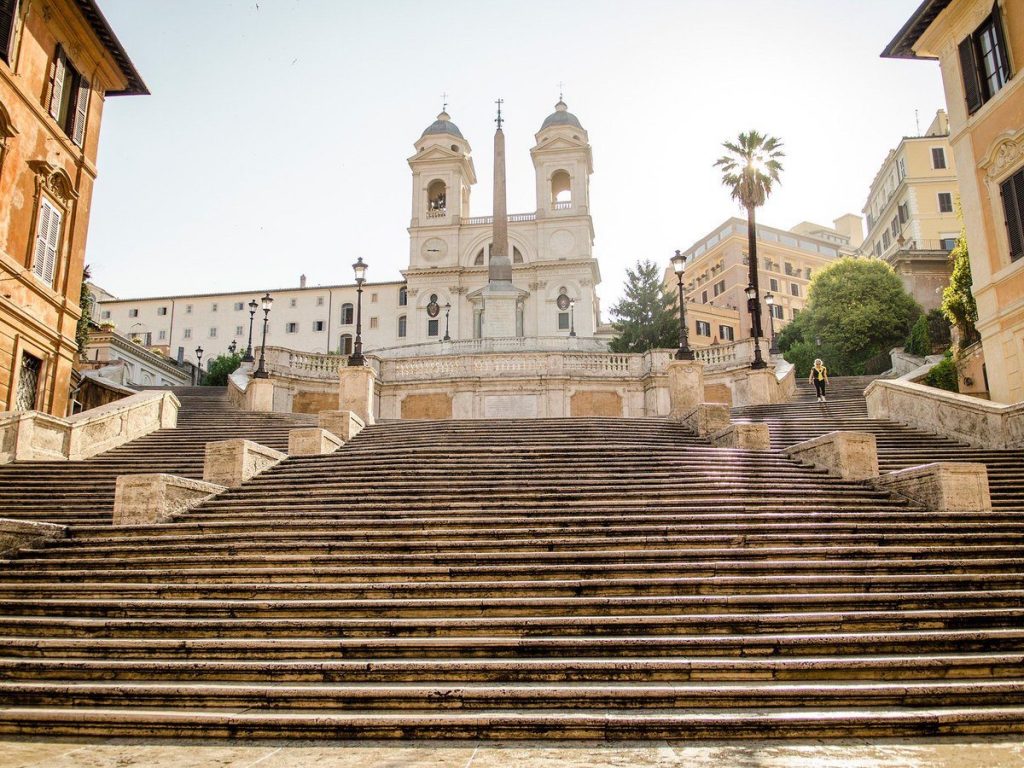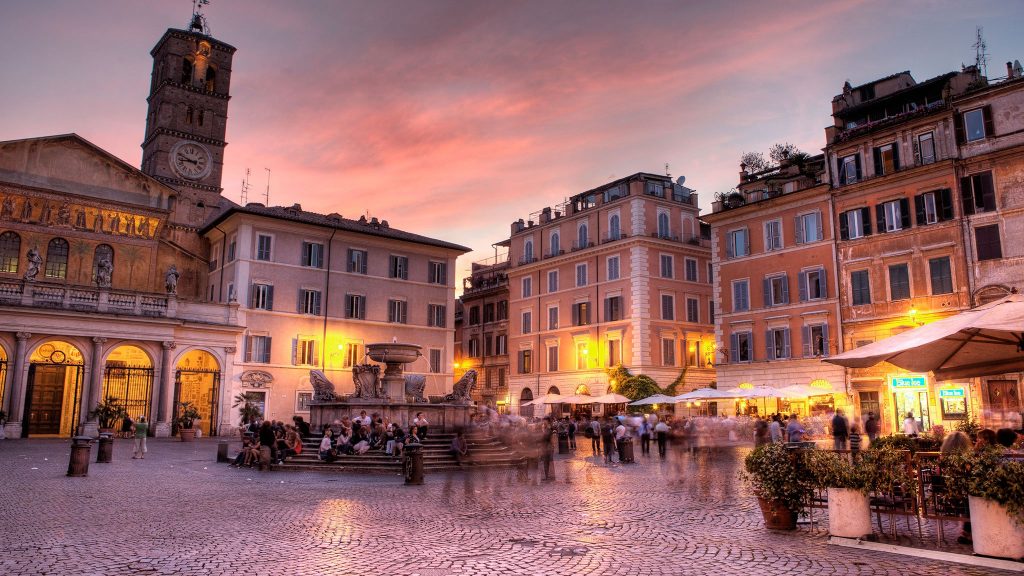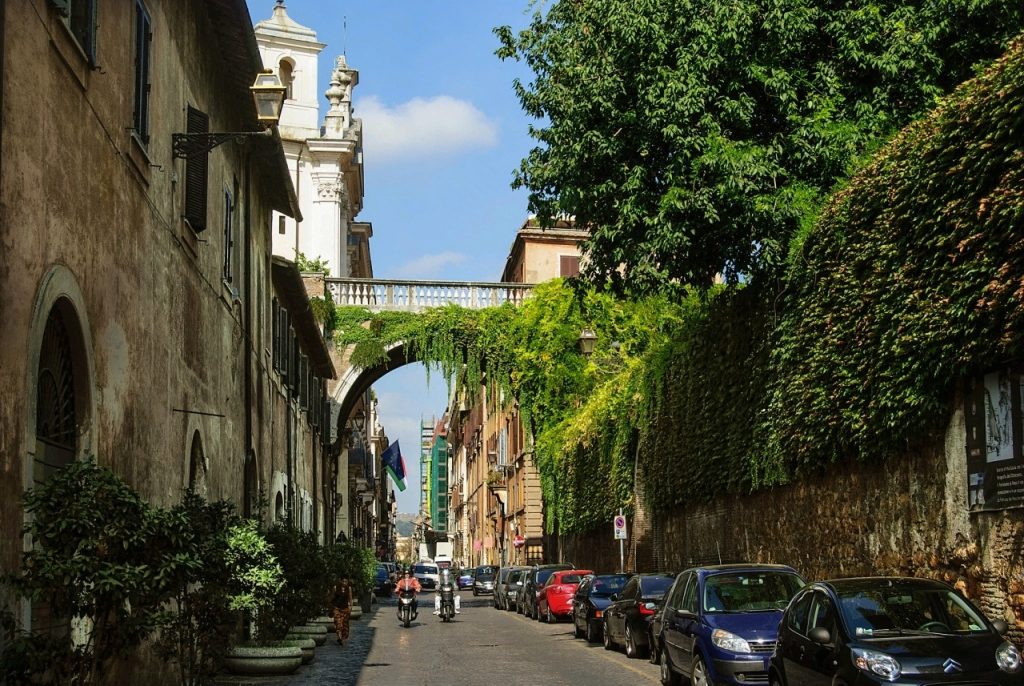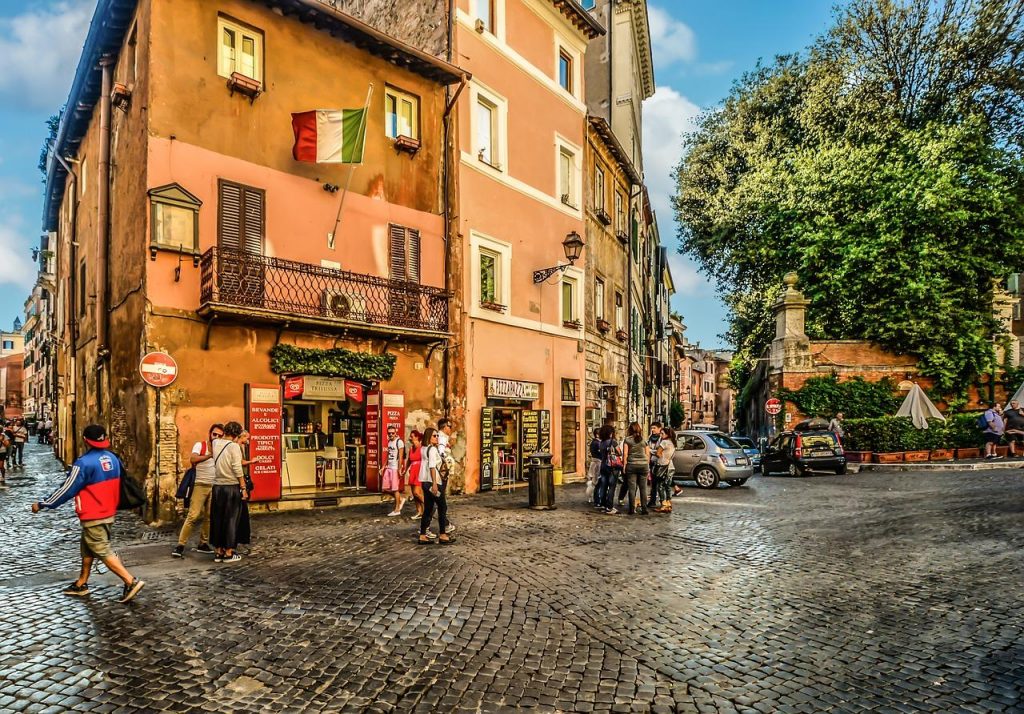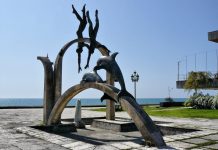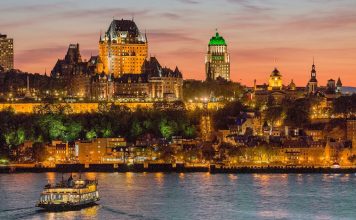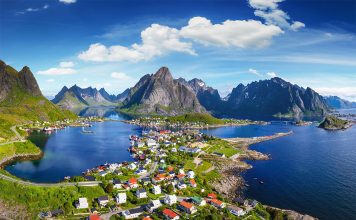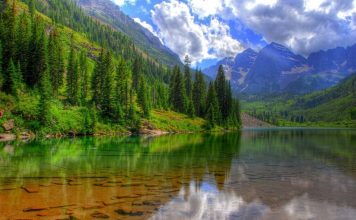Rome belongs to the oldest cities in the world. Many even call it the cradle of Western civilization. Therefore, it is not surprising that at every step in Rome you can find some sight. And walking along its streets you can feel yourself in the very center of Medieval Europe. What should I look for in Rome?
Coliseum
At the time of ancient Rome there was a theater in which gladiator fights and other bloody performances were held. In 80 AD, the Great Games, which lasted more than 3 months, were organized here in honor of the opening of the Colosseum. Thousands of gladiators and simple slaves were killed in his Arena.
Pantheon
Translated from ancient Greek, Pantheon means "temple of all gods." The time of its construction coincided with the heyday of the Roman Empire. For a long time, pagan gods were worshiped here, and in the 7th century it became a Christian temple. Due to the fact that it was constantly restored, the Pantheon was perfectly preserved until our time.
Vatican
This miniature state, which is the residence of the Pope and the bastion of Catholicism, is located on the territory of Rome. The Vatican is known for its temples and museums, within the walls of which are collected unique collections of painting and applied art.
St. Peter's Square
The main attraction of the square was the Cathedral of St. Peter, which became the spiritual center of Catholicism. Festive masses in it are spent personally by the Pope. The cathedral building was built in the IV century on the site of the circus Nero. At first, it was a small basilica, in which the remains of the Apostle Peter were placed. Later it was rebuilt, and in front of the building there was an area with 284 prehistoric columns.
Castle of the Holy Angel
The construction of this building was begun in the II century. At various times, there were the home of the Pope, a warehouse, a prison and a tomb. Today, there is a military history museum. The castle received its name in the 6th century, when the image of the archangel appeared to the Pope. Under the emperor Adriana, a picturesque bridge over the Tiber was built, which began right in front of the castle. This made it possible in a short time to get to the Field of Mars.
Vittoriano
This architectural complex was built in honor of the first ruler of Italy, Victor Emanuel. There is a guard of honor in front of the palace and an eternal flame burns.
Roman forum
The building was located in the very center of Ancient Rome and was used to hold important events of public and state importance. Important laws were passed within its walls, a celebration of military victories was held, and the consuls were elected. After the fall of the Roman Empire, the forum was plundered and destroyed. Only some of its fragments have survived to our days. And today there is an open-air museum.
Terme Caracalla
The buildings are remnants of ancient Roman baths. During the times of the Roman Empire, a whole culture of the term was developed. People came here to chat with each other, hold talks or just get the news. The Baths of Caracalla were built by the Emperor Caracalla in the III century. And already after 2 centuries, this complex was recognized as a wonder of the world. Next to the pools and swimming pools there is a large library.
Trajan Forum
Construction of the forum took place in the II-I centuries BC. Initially, it was a huge area, around which were located the market, the library and the temple of Emperor Trajan. To this day, only Trajan’s marble column has been preserved, its height is 38 meters. Inside this building are the remains of the emperor and his wife.
Arch of Constantine
The construction was built by Emperor Constantine after the victory over the army of Marcus Aurelius. It was during the reign of Constantine that Christianity was recognized as the official religion of the Empire. Becoming the emperor, he moved the capital to Constantinople, after which Rome began to gradually decline.
Piazza Navona
The square is located in the very center of the city, where before was the circus of Domitian. Piazza has the shape of an oval. Since the XVI century, rich cardinals, ambassadors and bankers settled in this place. From XV to XIX century the market worked here. In the center of the square you can see the fountain of four rivers, having symbolic value. Located in the middle of the composition of the obelisk, is a symbol of papal authority. And around the obelisk built 4 sculptures, which are the personification of the river 4 continents.
Villa Borghese
This palace was built on the site of vineyards in the XVI century and was intended for Cardinal Scipio Borghese. A park was planted around the villa and antique statues were erected. A theater, a museum, a hippodrome and a zoo were built next to the castle itself. In the XX century, all the property of the Borghese family was transferred to the possession of the state.
Basilica of San Giovanni
This is the first Roman temple and one of the oldest Christian churches in the world. In the church hierarchy, the status of this basilica is even higher than that of St. Peter’s, since it was recognized as “the head of all churches”. The temple was built in the IV century during the reign of Pope Sylvestre I.In its walls are kept the ashes of 6 popes and the relics of Saints Peter and Paul.
Villa Medici
On the slopes of Pincho, which in the 16th century belonged to Cardinal Medici, his villa was built. After the decline of the dynasty, all the lands belonging to the Medici came into the possession of the Lorraine family. The villa is decorated with works of ancient art, which were the property of Cardinal Medici.
Catacombs of Rome
Under the city there are numerous labyrinths and underground galleries in which pre-Christian burials were found. And most of the underground structures were created already in the days of early Christianity. Here were the underground shelters of the first companions of Jesus Christ, where they held their meetings, ceremonies and prayers, without fear of being caught.
Big circus
This name was given to the ancient hippodrome, located between two hills - Aventine and Palantin. During Roman times, chariot competitions were regularly held on it. Guy Julius Caesar was engaged in its restructuring, bringing the circus to enormous size. This made it possible to observe the races at the same time 250 thousand people. For the Patrians, special lodges were built here, and the plebeians could watch the show only while standing.
Cestia Pyramid
The exact time of the construction of the pyramid is not known. It is believed that it was erected approximately in the I century BC. The pyramid became the burial site of Guy Cestius Epule. The height of the pyramid - 37 meters, width - 30. It was built in the likeness of the Egyptian pyramids.
Spanish Steps
The Baroque-style staircase is located in the center of Rome on the Pincho hill. It is called one of the most beautiful in Europe. The staircase got its name in the 17th century as a sign of friendship between the two states.
Trastevere District
This colorful quarter is located beyond the Tiber. In the 18th century BC, Etruscans settled in this place, who became the founders of the Eternal City. During the times of the Roman Empire, patrician villas were built here. Many buildings in Trastevere are not one century, which makes them especially attractive to many tourists.
Trevi Fountain
This fountain, built in the XVIII century, is the most famous in Rome. Therefore, every tourist considers it his duty to throw a coin here. Weekly workers extract several thousand euros from the bottom of the fountain. The money collected in this place goes to charity. The fountain is crowned with a sculpture of Neptune and his companions.
Rome is rightly called the Eternal City. It seems that time has no power over this place. Otherwise, how can you explain that in one place so many historical, cultural and architectural sights are perfectly preserved.






















